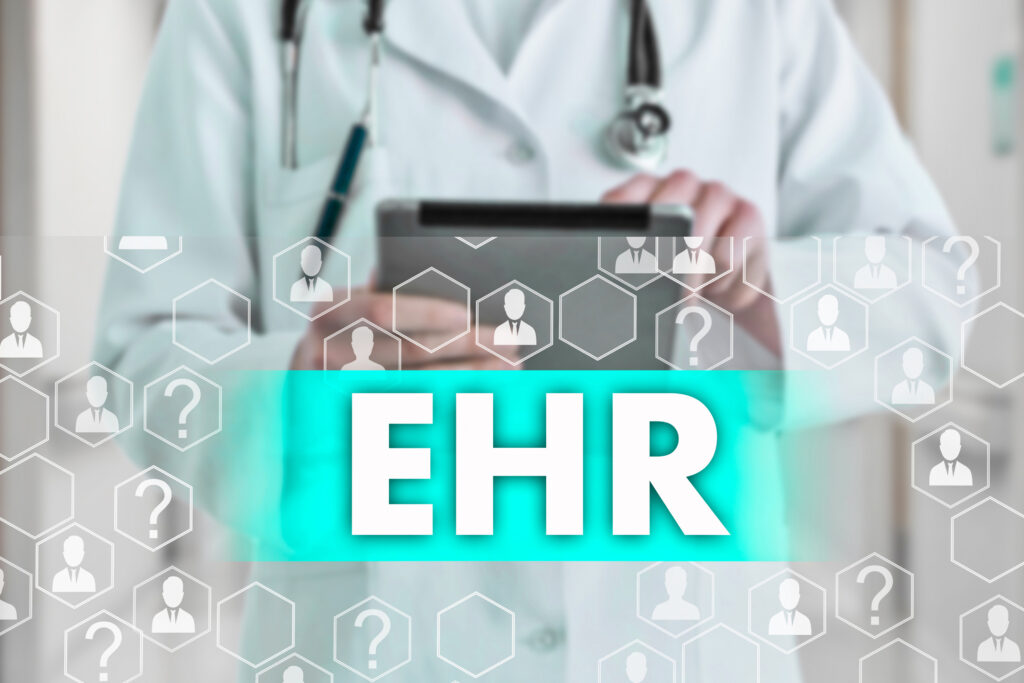Today’s push for all-things-digital extends well into healthcare, particularly when it involves nurse triage and electronic health records. Whereas triage nurses were once strictly phone-based roles, they now utilize telehealth with patients to discuss symptoms over video conferencing, or review patient vitals through remote patient monitoring (RPM). These new services are often viewed positively, but they do raise concerns from some providers who are looking for ways to better integrate nurse triage software with EHRs while still maintaining data security, resource consolidation, and minimal program requirements. Learn more why the modular systems offered by TriageLogic are better options for them.
Freestanding Solutions Can Be Costly and Difficult to Synchronize
While freestanding triage systems have historically played a crucial role in addressing these concerns, they can be costly and time-consuming to implement alongside in-house software. Plus, there are many instances where data between both platforms may fail to synchronize, or be compromised by a malicious third party.
That’s not to say that all programs are as difficult to integrate. Salesforce Health Cloud, for instance, is a popular customer relationship management (CRM) platform that does offer more robust patient documentation and data-sharing capabilities. Yet most electronic health record (EHR) systems don’t offer built-in Schmitt-Thompson triage protocols, or additional triage tools, unless providers purchase a whole separate solution.
Fortunately, advancements in application programming interfaces (APIs) and interoperability have led to the development of plug-in modules that can now integrate these triage features (previously only available in freestanding systems) with any EHR or CRM. This has allowed healthcare organizations to either replace or enhance their existing systems with triage services at reduced costs, as well as decrease their data exposure and liability.
TriagLogic’s Modular Solutions
All of TriageLogic’s modular systems are designed with two goals in mind: 1) to make it easier for patients to understand their symptoms and get to the appropriate providers in the appropriate windows of time; and 2) to improve the systems that providers use to communicate with patients about that care. For example:
myTriageChecklist. This is our own flagship triage software. It includes nurse triage guidelines and protocols developed by Drs. Barton Schmitt and David Thompson, which allow nurses to evaluate all patient symptoms over the phone, and determine the type of care each patient should seek. All patient interactions are fully documented for better health information management, continuity of care, and provider liability. This data can be shared directly with EHRs or as an EHR-compatible file. Customized versions are available between provider software and call center software.
MedMessage Assist (MMA). This tool relies on augmented intelligence to guide nonclinical operators who relay messages from patient callers. Since these operators (whether they’re at a practice or in a medical call center) have no certification, they may overlook symptoms or not get sufficient clarification from patient callers to identify when symptoms are urgent. Our MMA software analyzes the text that these operators type and notifies them when to ask additional questions. Message accuracy is over 99 percent effective, and triage nurses will be more likely to mark messages with the appropriate level of urgency for their callbacks. MMA is self-teaching and able to integrate with your in-house software
QA Assist. Most providers are only able to audit one to three percent of their nurse triage calls, and that’s after those calls have been completed. QA Assist uses Schmitt-Thompson protocols and automation to review patient calls in real time. It then predicts what the disposition for each patient will be as the nurse addresses their symptoms, and provides feedback to nurse managers in the event that a nurse overrides a protocol — thus establishing greater accountability and accuracy. This system is also self-teaching.
While these services are unlikely to be built into any standard EMR system (including EPIC), ours are designed to integrate fully with any existing system. This reduces the need for transferring patient data from one to another, which enhances data security. TriageLogic’s solutions are all HIPAA compliant, adhere to cybersecurity best practices, and meet the requirements for SOC 2 Type II compliance.
Schedule a Demo
The ability to integrate nurse triage software with EHRs is a powerful means for providers to improve patient health outcomes and the growth of their practices. Thanks to integrated, modular nurse triage services like ours, your team can reap the same benefits. Contact us today to discuss any questions you have and schedule a demo.
About TriageLogic
TriageLogic is a URAC-accredited, physician-led provider of top-quality nurse telehealth technology, remote patient monitoring, and medical call center solutions. Founded in 2007, the TriageLogic Group now serves more than 22,000 physicians and covers over 42 million lives nationwide.





